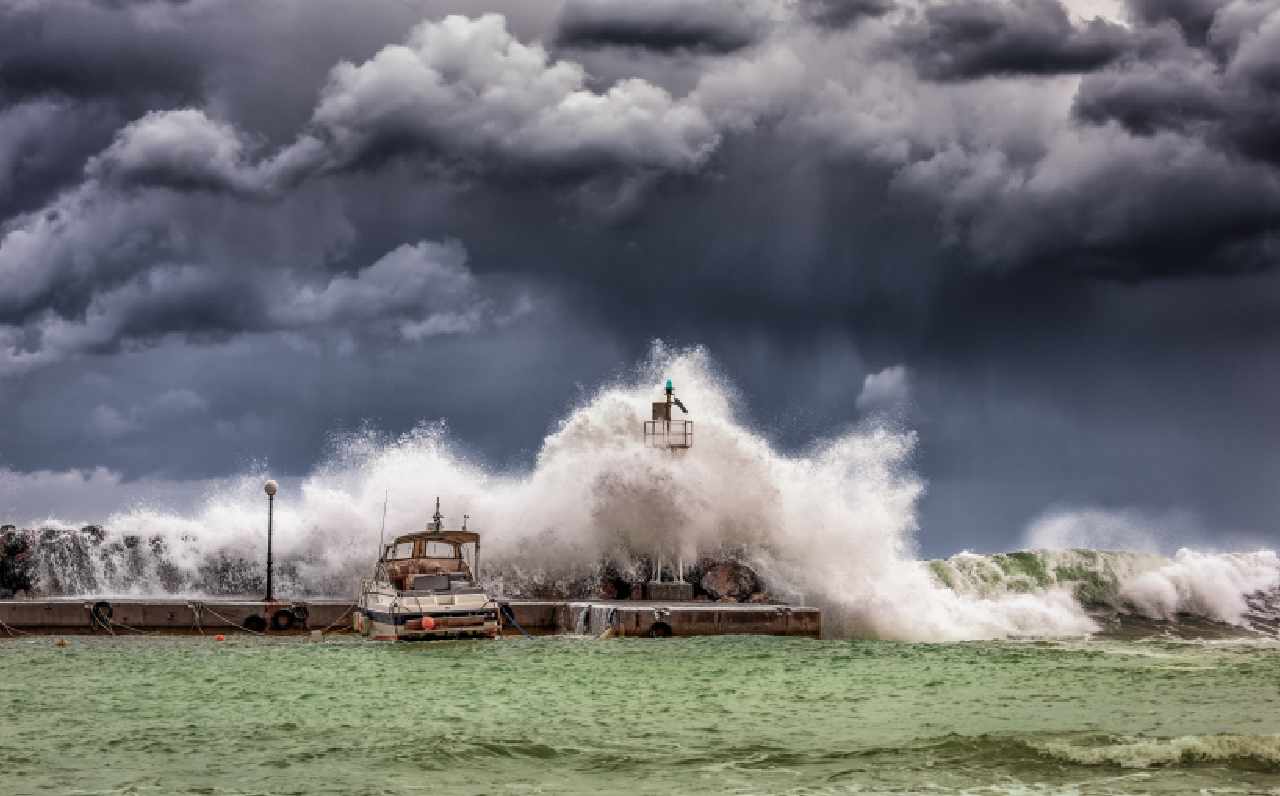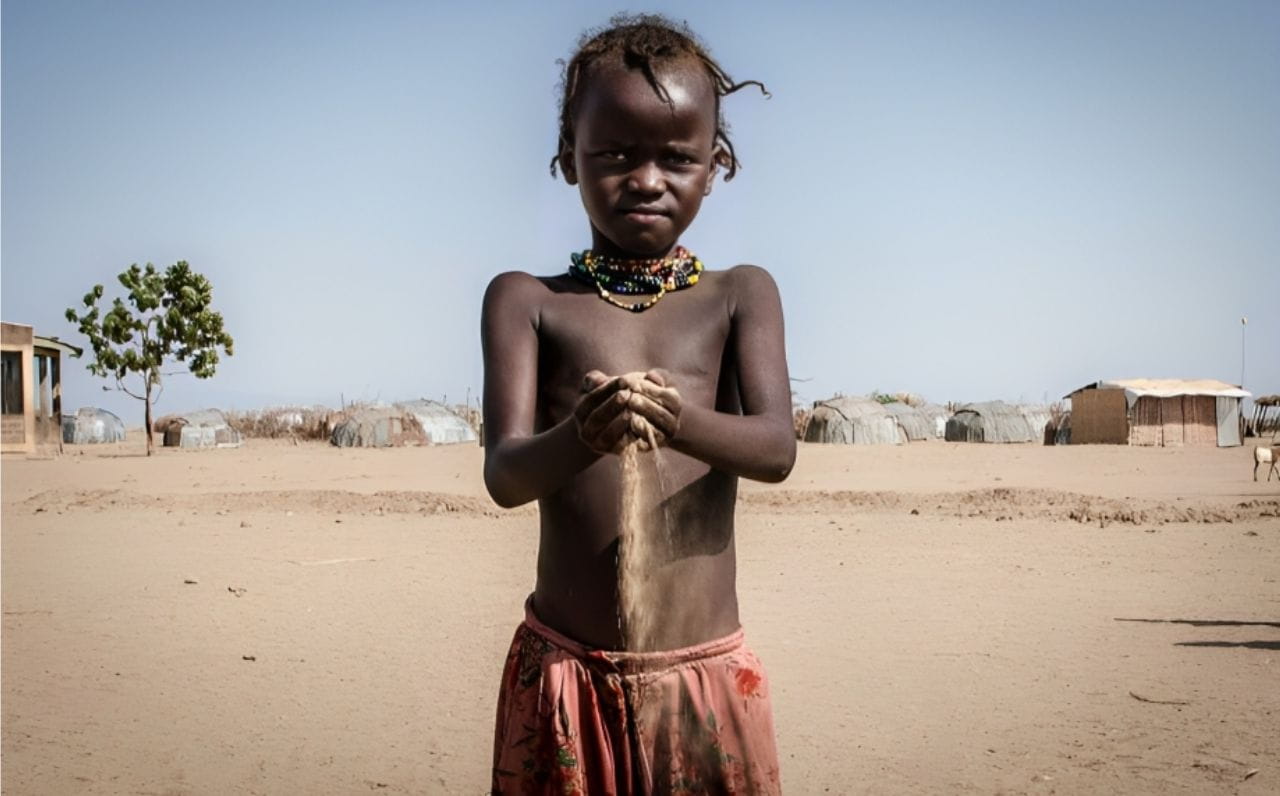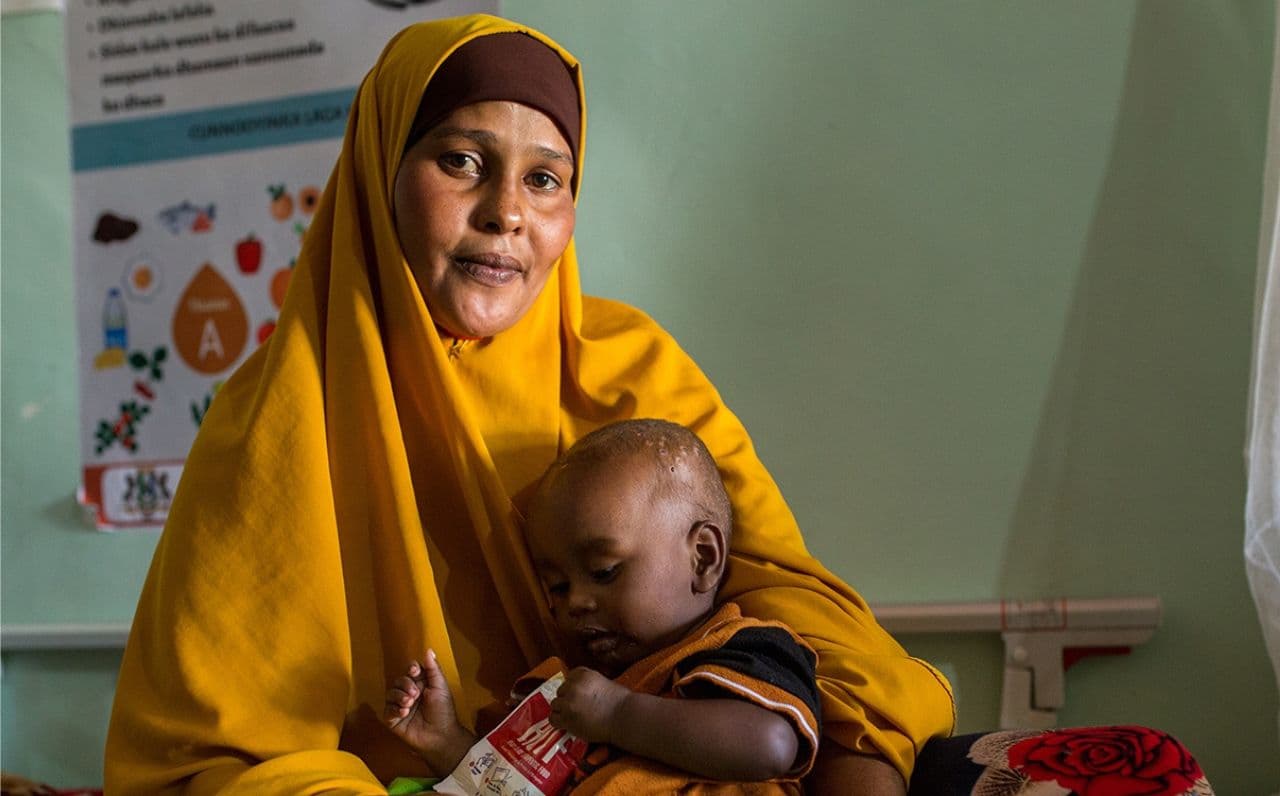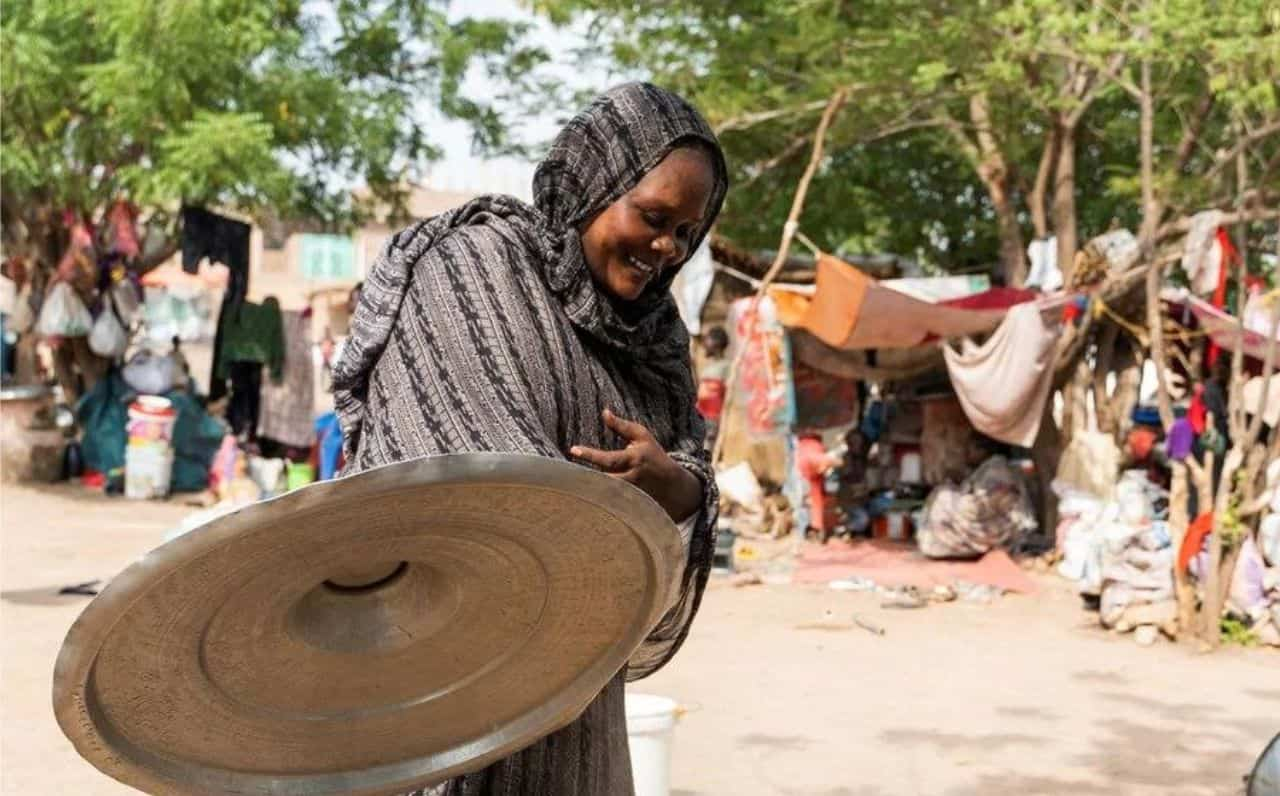Honduran Climate Problems

In Honduras, climate change is one more factor sparking displacement.
With hurricanes and other extreme weather events becoming ever more powerful and frequent, increasing numbers of people in gang-wracked Honduras are having to flee their homes.
By María Rubi in San Pedro Sula, Honduras, and Tim Gaynor in Tijuana, Mexico | 09 November 2021
Two months after two deadly hurricanes in quick succession flooded her neighbourhood, Elsa* finally screwed up the courage to check on the state of her home. She had to wade through neck-high waters just to reach it. What she saw was devastating: The neighbourhood is a high-crime area on the outskirts of San Pedro Sula, Honduras, where ruthless street gangs hold sway. It had been blanketed in such a thick layer of mud that the corrugated tin roofs were the only visible part of many of the homes.
Elsa and her family fled the area as Hurricane Iota, a Category Four storm with winds reaching 155 m.p.h., struck on 18 November, 2020, dumping up to 63 centimetres of rain on ground already saturated by Hurricane Eta, another Category Four storm that had pummelled the same areas in Honduras, Guatemala and Nicaragua less than two weeks earlier. They marked a tragic end to a record-breaking hurricane season in the Atlantic, with 30 named storms.
“I’d never experienced any storms like these.”
In the midst of the downpour that came with Iota, the waters of a nearby river spilled over, inundating Elsa’s neighbourhood and blanketing many houses in sticky, debris-strewn mud, while it swept others away.
The family escaped to a shelter on higher ground, with what little clothing they managed to grab on their way out. But just hours later, surging waters spilled into that shelter, too, forcing the family to flee once again.
According to official figures, more than 4 million people were affected by Hurricanes Eta and Iota in Honduras alone. Elsa and her family were among the lucky ones. They survived both storms and were able to stay for months in a shelter as neighbours chipped in to rent a bulldozer to clear the standing water and mud that blanketed their community.
“I cried when I saw so much destruction because we’d never seen anything like it,” said Elsa, whose modest home was among those rendered uninhabitable by the mud. “I’d never experienced any storms or hurricanes like these.”
Unable to return home, Elsa, her 5-year-old daughter, mother and sisters and their children have taken refuge with family and friends in another area of San Pedro Sula. There, on higher ground they feel better prepared to face a future storm, but now face other potentially deadly risks: a criminal gang that terrorizes local residents, demanding extorsion payments, forcing young people into joining them and ruthlessly enforcing their own rules.
But going back to their old neighborhood, also controlled by a gang, isn’t an option.
“Gangs took advantage of the extreme vulnerability of victims of the hurricanes to tighten their control, imposing restrictions on movements,” said Andrés Celis, UNHCR’s representative for Honduras. “For many who were displaced by the storms, going back could be dangerous.”
Hurricanes have always been a fact of life in San Pedro Sula and throughout Honduras’ low-lying Caribbean coast. But the devastating nature of last year’s storms and the fact that they came back-to-back indicate new, more ferocious weather patterns as a result of climate change. Across Honduras, communities already stretched to the brink by widespread gang violence are facing the prospect of dealing with disaster upon disaster with little time or resources to recover in between.
Source & credit: UNHCR
Photo by GEORGE DESIPRIS from Pexels
International, Americas

2021 Nov 10
Africa

2024 May 10
International, Americas

2024 Apr 16
Increasing Arrests and Faceless Victims Revealed in Latest Findings.
Middle east

2024 Feb 23
Escalating Hostilities Prompt International Concern
Africa

2024 Feb 20
SimilarNews
 Prominent Christian Bishop Stabbed on Live Broadcast
Prominent Christian Bishop Stabbed on Live Broadcast Threats against Christians in Australia increase
International, Americas

2024 Apr 16
 Fullani Islamist Group Suspected in Ekiti State Kidnapping
Fullani Islamist Group Suspected in Ekiti State Kidnapping Doznens of christian children abducted.
International, Americas

2024 Feb 01
 Water Crisis Threatens Children Globally
Water Crisis Threatens Children Globally 436 Million Children Face Extreme Water Vulnerability.
International, Americas

2023 Nov 16
International organizations expressed concern.
International, Americas

2023 Nov 14
Eleven children die every week.
International, Americas

2023 Jul 27
Lack of access to humanitarian aid.
International, Americas

2023 Mar 09
Children are the biggest victims of recent crises.
International, Americas

2023 Mar 06

